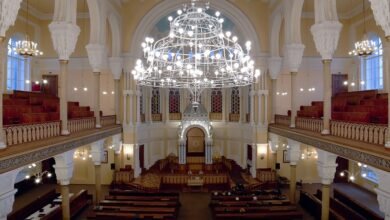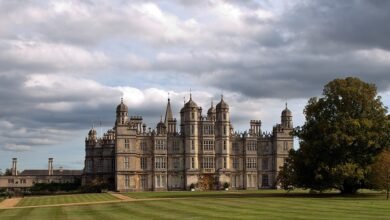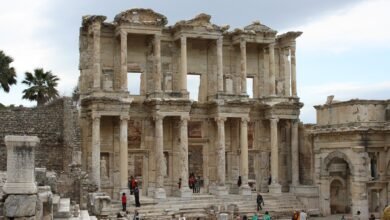Introduction
Imagine stepping back in time, exploring the heart of ancient civilizations, walking where historical figures once trod, and experiencing the monumental structures that have stood the test of time. What do you do when you visit historical landmarks? They are not just structures or remnants of ancient times; they are storytellers, guides, and windows to the past, sharing tales of triumph, endurance, and sometimes tragedy.
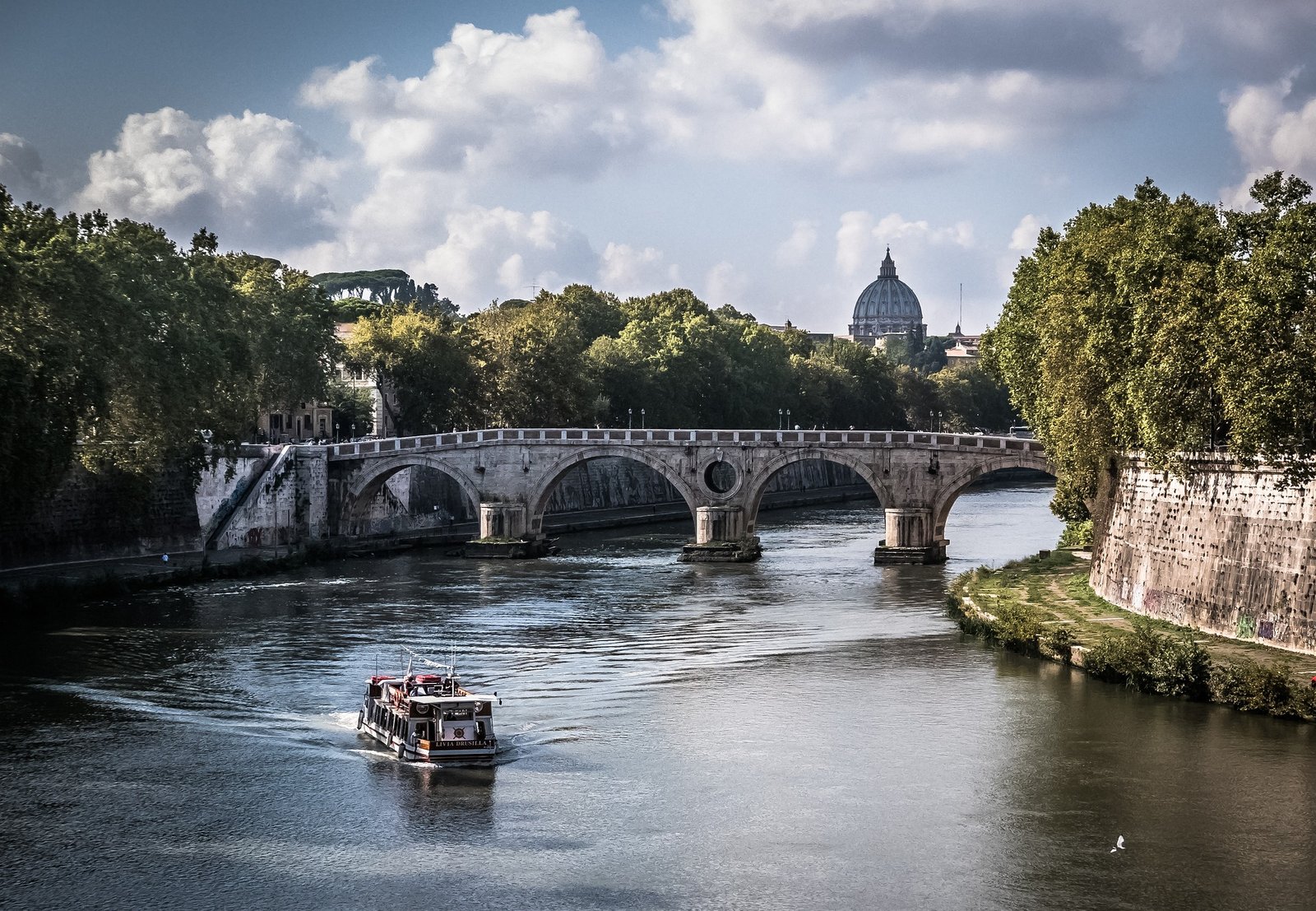
Historical Landmarks Defined
So, what exactly are historical landmarks? They are buildings, sites, structures, areas, or objects considered necessary due to their direct connection with significant historical events, cultural heritage, or architectural aesthetics. They symbolize our shared history, a testament to humanity’s accomplishments, ingenuity, and perseverance.
Importance of Historical Landmarks
Historical landmarks serve as tangible links to our past. They offer invaluable lessons about human civilization, culture, art, architecture, and more. Besides, they play a crucial role in tourism, often as the centerpiece of travel and tour packages.
Stories Behind World’s Famous Tours
The Great Wall of China
This massive stronghold, which spans 13,000 km, was built in the seventh century BC; when you consider that, it has undergone some additions and modifications. The Great Wall tells a story of protection, symbolizing the Chinese civilization’s resilience and ingenuity.
-
The Majestic Great Pyramid of Giza
The closing of the Seven Wonders of the Ancient World, the Great Pyramid of Giza in Egypt, is one of the prehistoric engineering. It is evidence of the pharaohs’ dominance and the beauty of Egypt’s Old Kingdom.
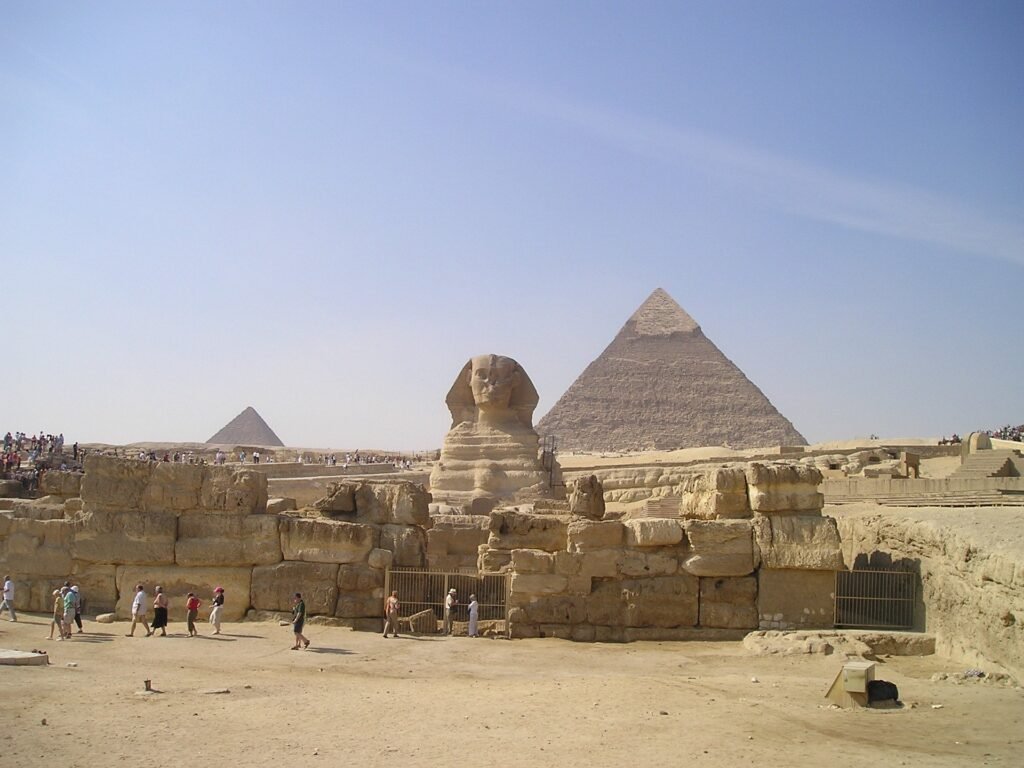
-
The Historic Colosseum in Rome
This enormous amphitheater, where gladiators once battled, is a stark reminder of the Roman Empire’s might and the brutal entertainment that captivated Romans.
Stonehenge: A Prehistoric Monument
Located in England, Stonehenge is shrouded in mystery. Scholars believe it was built in stages from 3000 to 2000 BC, but its true purpose remains unknown, sparking curiosity and speculation.
-
The Alluring Eiffel Tower
An icon of France, the Eiffel Tower symbolizes industrial elegance. Criticized initially as a useless horror, it’s now one of the most visited monuments worldwide.
-
A Symbol of Hope: The Statue of Liberty
Gifted by France to the United States, this monument is a universal symbol of freedom and democracy, embodying America’s foundational values.
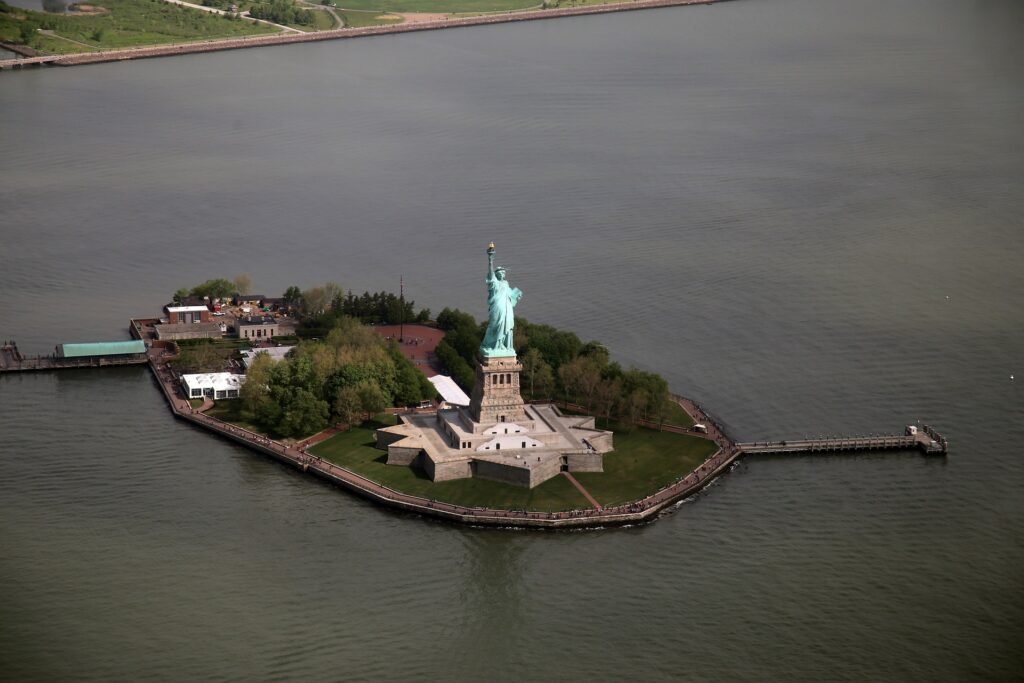
Unveiling the Lessons from Historical Landmarks
These landmarks are not just static structures; they teach us about human history, triumphs, failures, and resilience. They challenge us to preserve our shared heritage and learn from our collective past.
The Future of Historical Landmarks
Preservation and conservation are crucial for these landmarks’ future, ensuring that future generations can appreciate and learn from these architectural treasures. Modern technologies like virtual reality can provide unique and accessible ways to experience these sites.
Tips for Visiting Historical Landmarks
When visiting, respect the site’s rules, be aware of cultural sensitivities, and consider hiring a local guide to enrich your understanding of the site’s historical context.
Conclusion
Historical landmarks provide a tangible connection to our shared past. They act as historic home windows that permit us to peer at what lifestyles become loads or maybe heaps of years ago. We can examine practical classes approximately human ingenuity, adaptability, and subculture from them as they gift a wealthy tapestry of human records. This is charming and educational.
FAQs for Historical Landmarks
What is the oldest historical landmark?
The oldest known landmark is the Ggantija Temples in Gozo, Malta, dating back to around 3600 to 3200 BC.
How are historical landmarks preserved?
Preservation involves a variety of techniques, from traditional conservation methods to modern technologies like 3D scanning and virtual reality.
What are some tips for visiting historical landmarks?
Respect the site's rules, consider local customs and traditions, and possibly hire a guide for a richer understanding of the site's history.
How do historical landmarks impact local communities?
They often boost local economies by attracting tourists and promoting cultural exchange.



